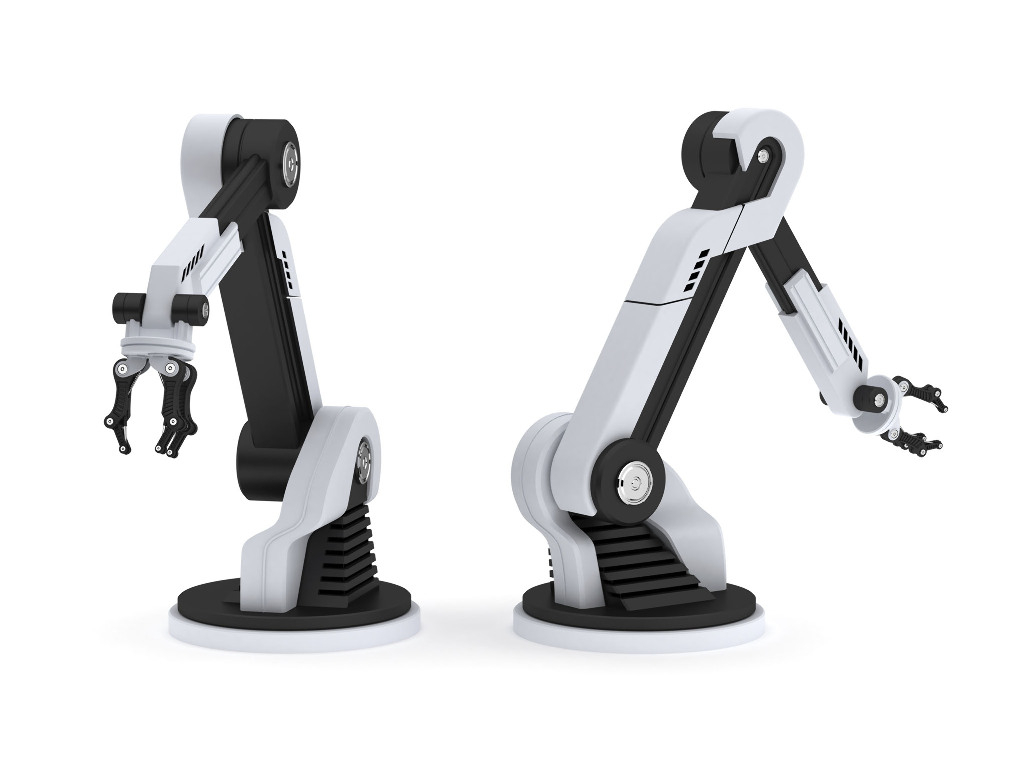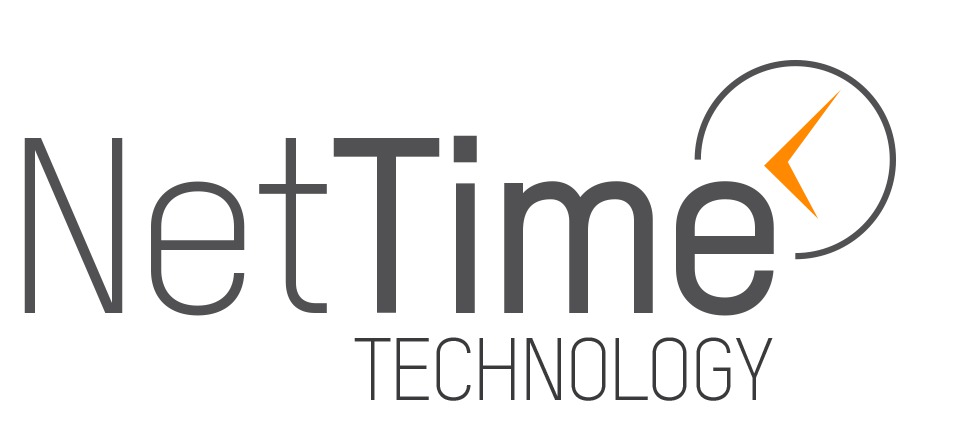
One of the biggest challenges in automotive industry is to drastically reduce carbon footprint. This means that not only the machines and processes have to save energy and optimize operations, but also that the final product must be ecologically friendly.
Less pollutant vehicles are under the spotlight and are no longer just part of a futuristic vision, but more present each day. One of the most effective ways to reduce the fuel consumption is to reduce the vehicle’s body weight without compromising its sturdiness to withstand collisions and payloads.
In order to do so, it is necessary to combine different lightweight materials like fiber composites and low density metals. To bond such materials, welding and gluing process technologies are available at B&R with the help of robotics technologies.
B&R has the perfect solution for...
B&R has the perfect solution for...
CNC & Robotics

B&R improves the efficiency of machines and systems by combining CNC, robotics and motion control into a single software platform called Generic Motion Control (GMC). One feature that makes GMC unique is that it can be used for all drive types, including hydraulic drives and servo technology. GMC integrates seamlessly into the machine application, allowing it to be customized for the specific task at hand. GMC's flexibility also permits easy integration of existing CNC and robotics dialects.
- Unified CNC, robotics and motion control
- All drive types
- Integrated safety technology
- Seamless interaction with the machine application
- Integration of existing CNC and robotics dialects
Gluing, marking and waste detection with 1 µs precision
B&R NetTime provides high-performance synchronization in real time via POWERLINK. Multiple encoder positions (real or virtual) and distributed I/O channels (analog or digital) are synchronized with 1 µs precision.
This eliminates the need for external devices for digital cam switching required by high-speed packaging machines for applications such as shooting glue, marking products and rejecting waste.
NetTime digital output patterns can be controlled with extremely short high/low times for a resolution of 125 ns. In the same way, fast input edges such as registration marks or product detection marks are recorded with a time stamp of 1 µs.
The comprehensive technology library provides a simple user interface to configure interactions between position sensors and actuators – with automatic time/position conversion and dead time compensation.


Conserving energy with regenerative power supply
In virtually every production cycle, machines are required to continuously accelerate and decelerate heavy loads. B&R's ACOPOSmulti drive system converts the kinetic energy generated during braking movements into power and then feeds it back into the mains supply. Up to 30% of overall energy consumption can be regenerated – for considerable cost savings.
Power regeneration prevents additional heat from being generated by braking resistors, making it no longer necessary to install and maintain expensive cooling systems. The integrated power regeneration system is not only highly efficient, but also environmentally-friendly.